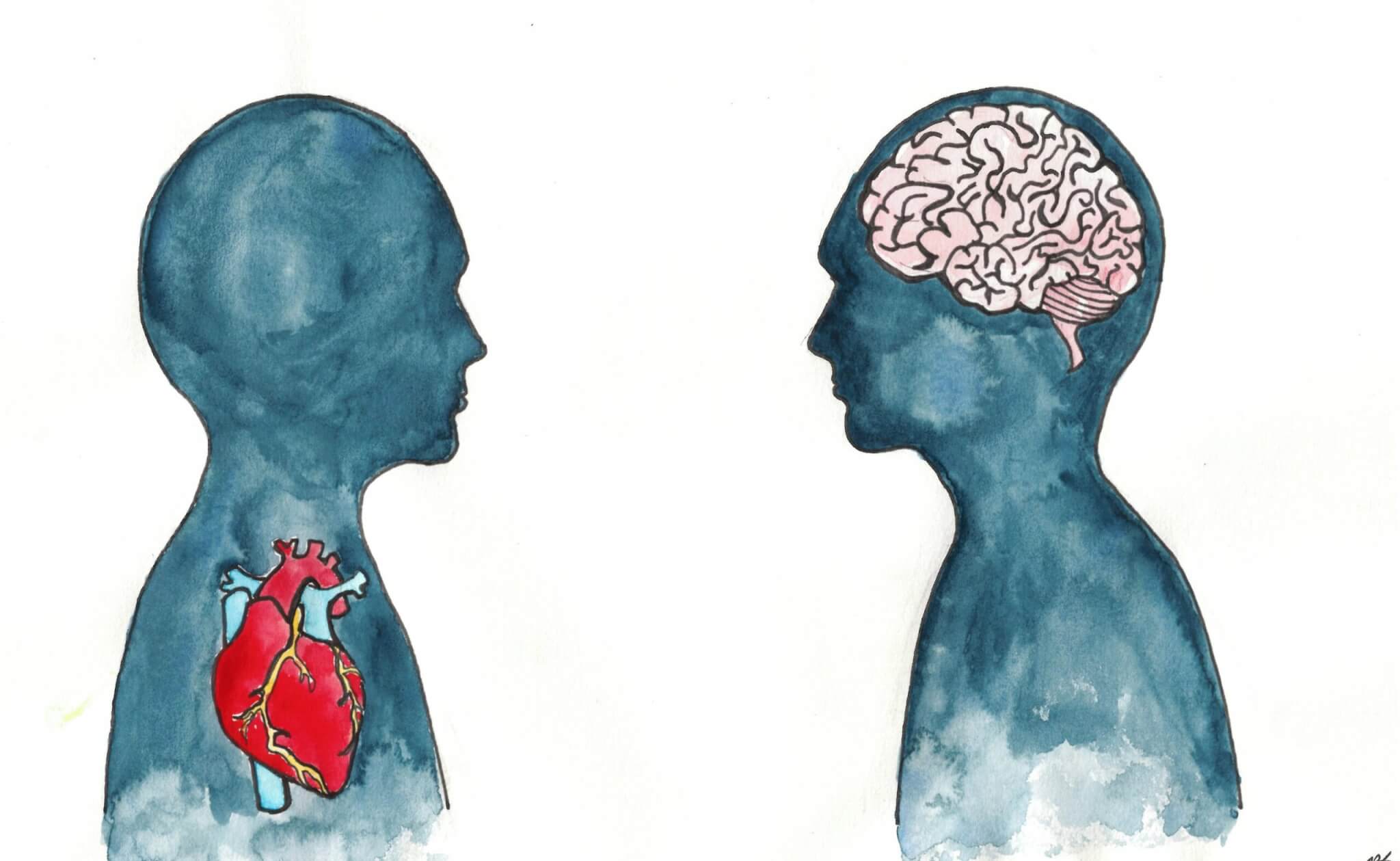Mental Health vs. Physical Health – how to close the gap.
In the last 50 years there have been dramatic changes to the way we as the public view both physical and mental health. But are the differences between mental health 50 years ago and now as acute as those of physical health? There was a time when smoking was prescribed by doctors and exercise was a rare suggestion, but now smoking is seen as a marginal pursuit and the use of exercise in a healthy lifestyle is paramount.
When it comes to mental health, although a there has been a decrease in stigmatisation, there is still a long way to go for mental health to be as widely accepted as physical health. Due to this, access to mental health services is still far more difficult than accessing services for physical health conditions. Although 38% of ill health is made up of mental health problems, most countries are only allowing for 13% of their funding to be used in mental health treatment (Layard and Clark, 2014).
While the UK has made great strides in innovation and research into treating mental health issues, it is still clearly apparent that many areas of the mental health service are under-resourced, and experiencing severe cuts to their budget leaving mental health works spread thinly between their patients.
It is clear that there is movement towards more acceptance of mental health problems and a decrease in stigmatisation but to get to a point where both mental and physical health are treated equally, a societal shift must occur in understanding that in order for people to thrive, both mental and physical health need to be understood in equal measure.
References
Layard, R., & Clark, D. M. (2014). Thrive: The power of evidence-based psychological therapies. London: Allen Lane.

